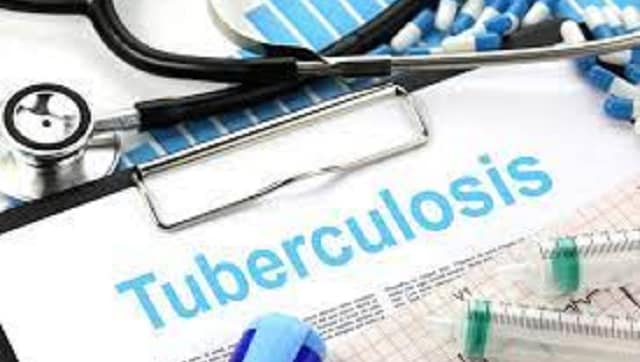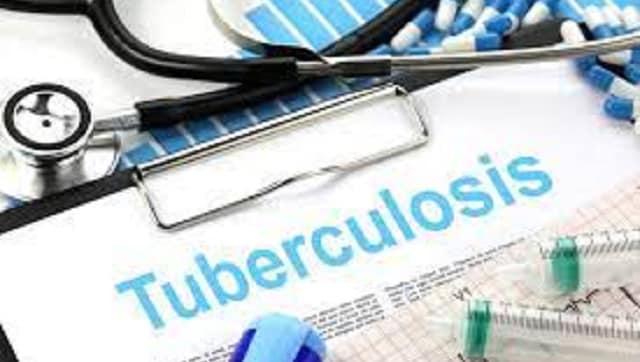World Tuberculosis Day 2023: Early detection and treatment can save lives

Representational Image. Alpha Stock Images/ Picpedia.Org
Tuberculosis (TB) is one of the oldest diseases that has been affecting humans for more than a millennium. While COVID-19 massively impacted the global healthcare system, TB is inching closer as the second most deadly infectious disease in the world. TB is next to COVID-19, with three people dying of tuberculosis every minute! According to WHO’s 2022 Global TB report statistics, an estimated 10.6 million people fell ill with TB in 2021, an increase of 4.5 per cent from 2020, and 1.6 million people died from TB. The developing countries in Africa and Southeast Asia have a higher prevalence of TB. However, India bears a disproportionately large burden of the world’s tuberculosis rates, with an estimated 2.8 million new cases reported annually.
Bottlenecks in TB detection
TB is a major health issue and the reason for its rampant growth is the growing gap between the estimated incidence and the number of cases reported. Socio-cultural barriers related to gender disparities gravely affect TB diagnosis and care-seeking behaviour. The knowledge-based barriers and associated stigma that people generally tend to hide their TB symptoms lead to delayed diagnosis. Studies show that only one woman is diagnosed with TB for every 2.4 men, and they are not able to identify the signs and symptoms of TB and wait till it becomes severe to go to the doctor. The growing rate of cases is due to the lack of awareness, incomplete TB regimen, non-adherence to medication, inadequate drug monitoring, and difficulties managing adverse drug reactions.
The diagnostic infrastructure of the country needs a boost for drug susceptibility testing in lesser duration. The unavailability of chest X-rays is one of the potential factors leading to delayed diagnosis and incorrect treatment. Awareness and sensitization about knowledge-based barriers are important for speedy TB eradication from the country.
Importance of Early Diagnosis
Early and accurate diagnosis is critical to contain the spread of TB. TB is mostly present either as latent or active TB. In latent TB, the carrier doesn’t show any symptoms until the immune system weakens and it develops into active TB which is highly contagious. People exposed to active TB must be detected early with immediate treatment to prevent the spread of the disease. However, the traditional methods of detection of spotting the sputum samples and examining them through smear microscopy and culture, are lengthy procedures. Such methods delay the treatment, and in turn, increase the risk of continued transmission of the disease and thus mortality rates. Today, with the help of the latest molecular diagnostic technologies, TB detection can be improved. Strengthening laboratory capacity can revolutionize TB care as accurate lab results can be received within hours and a patient’s treatment can be started at the earliest. Prompt detection of TB in the early stage can reduce the rate of infecting others.
Advantages of Molecular tests for TB
In recent years, DNA tests for TB have become available allowing for quick point-of-care diagnosis. These detect DNA fragments of the Mycobacterium tuberculosis bacteria and allow quick identification of TB infection. These tests are highly accurate and can quickly detect TB bacteria in a person’s sputum or other bodily fluids. DNA tests are particularly useful in detecting drug-resistant TB strains, which are becoming more common. The widespread availability of molecular diagnostic tests can help to expand the detection of TB including drug-resistant strains. Molecular tests will also enable the provision of results within a short turnaround time to enable the initiation of timely treatment.
Treatment of TB
The treatment for TB involves a combination of drugs such as isoniazid, rifampicin, ethambutol, and pyrazinamide. Completing the full course of treatment is crucial in ensuring a successful outcome and preventing relapse. Failing to complete the full course of treatment can result in the survival of bacteria that are more resistant to antibiotics, leading to the development of drug-resistant strains. DNA tests allow doctors to monitor effectivity of drug treatments by monitoring levels of DNA from the bacteria circulating through the bloodstream.
Towards TB Mukt Bharat by 2025
The World TB Day, March 24 theme this year, “Yes! We Can End TB” highlights that we can use our collective power to end TB by 2030 and reach the SDG goals. People who are at high risk of developing TB, such as those with weakened immune systems, should be screened regularly for TB. Testing for TB, including DNA tests, is readily available and helps in the early detection of people with TB so that treatment can be started immediately. With the public and private sector healthcare working together in partnership, we can achieve the aim of the Pradhan Mantri TB Mukt Bharat Abhiyaan to end TB in India by 2025!
The author is the Head of Research and Development at Tata Medical and Diagnostics. Views expressed are personal.
Read all the Latest News, Trending News, Cricket News, Bollywood News,
India News and Entertainment News here. Follow us on Facebook, Twitter and Instagram.
For all the latest health News Click Here

